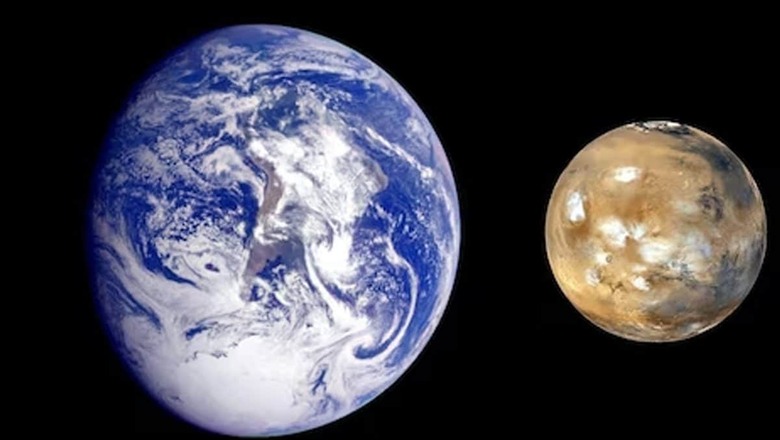
views
The five primary human senses encompass touch, sight, smell, hearing, and taste; however, there are numerous other experiences humans can perceive. Among these, temperature plays a crucial role, and scientists employ various measurement methods, with Celsius being the most widely used. While temperatures can reach incredibly high levels, the Earth’s lowest temperature limit is -274 degrees Celsius.
Before delving into the insightful answers on Quora, let’s grasp the concept of the temperature scale. Temperature essentially signifies the energy enabling atoms and molecules to move and vibrate. Increased energy allows molecules to move and exchange energy. At zero Kelvin or -274 degrees Celsius, molecular or atomic movement halts entirely, resulting in the absence of any perceived energy or temperature.
The limitation of -274 degrees Celsius as the lowest temperature on Earth stems from the fundamental nature of molecular movement. Interestingly, unlike other measurements like size and distance, temperature faces a unique constraint, making it impossible to go below this point both on Earth and in the broader universe. This peculiarity contrasts with the infinite ranges associated with many other measurable attributes.
Indeed, the peculiarity lies in the fact that the lowest temperature on Earth, occurring at the mesopause around -100 degrees Celsius, and the surface temperature reaching as low as -98 degrees Celsius, still cannot surpass the universal limit of -274 degrees. While various measurements often have infinite ranges, the temperature of substances uniquely faces this lower constraint.
Similarly, the moon experiences extreme temperature variations, with daytime temperatures soaring to 250 degrees F (120 degrees Celsius or 400 Kelvin) at the equator and plunging to -208 degrees Fahrenheit (-130 degrees Celsius, 140 Kelvin) during lunar nights.
Near the moon’s poles, temperatures can plummet even more, reaching -424°F (-253 degrees Celsius), as noted by NASA. The absence of a lunar atmosphere, which acts as insulation, contributes to these drastic temperature fluctuations. Additionally, the lack of a gaseous envelope prevents erosion of lunar features, creating perpetual dark pockets near the poles where the moon’s most frigid temperatures persist.



















Comments
0 comment